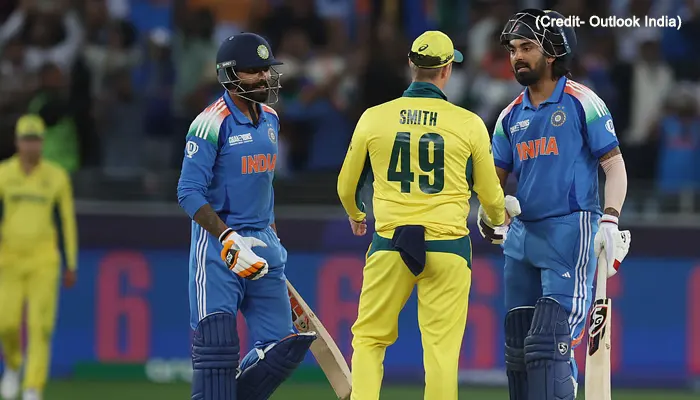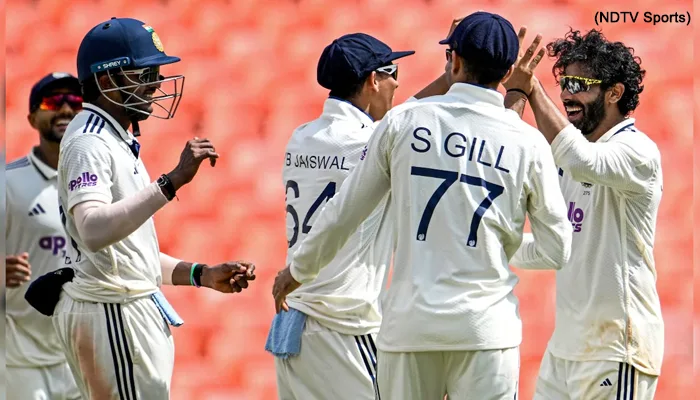IPL Glossary: What is a Strategic Timeout and Why Does It Matter?
- Sayan Guha
- 8 months ago
- 3 minutes read

A break that can change the course of a match—or disrupt it entirely
Since its inception in IPL 2009, the strategic timeout has been one of the tournament's most contentious issues. It was designed to give teams an opportunity to pause, reconsider their strategy, and alter their game plan, and it has played an essential role in many matches.
However, not everyone is supportive. Some players argue that it destroys momentum, disrupts the natural flow of a chase, and even provides the opposition with an advantage. Despite these concerns, the rule has been implemented in every IPL season, demonstrating its importance in the modern T20 format.
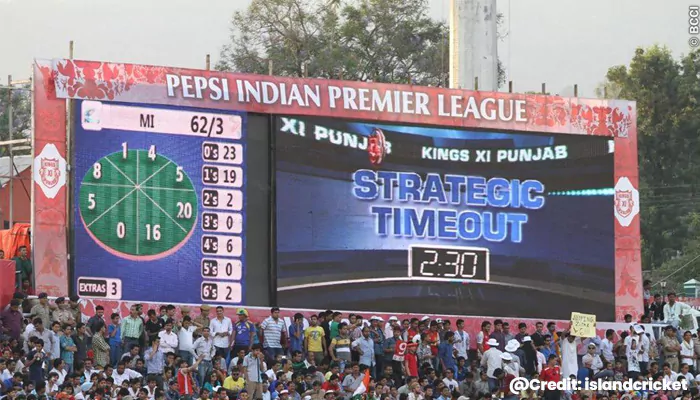
How does a Strategic Timeout work?
The strategic timeout is a 2.5-minute break that occurs twice in each innings. Unlike regular timeouts in other sports, which assist only one team, IPL timeouts are planned and utilised by both the batting and bowling teams.
The fielding team must take a break between the sixth and ninth overs to regroup, discuss bowling strategies, and determine new field placements. The batting team, conversely, has a respite between the 13th and 16th overs, a period when matches frequently shift one way or the other.
Interestingly, if the captain does not request a break, the umpire automatically enforces one after the ninth over for the bowling side and after the sixteenth over for the batting side.
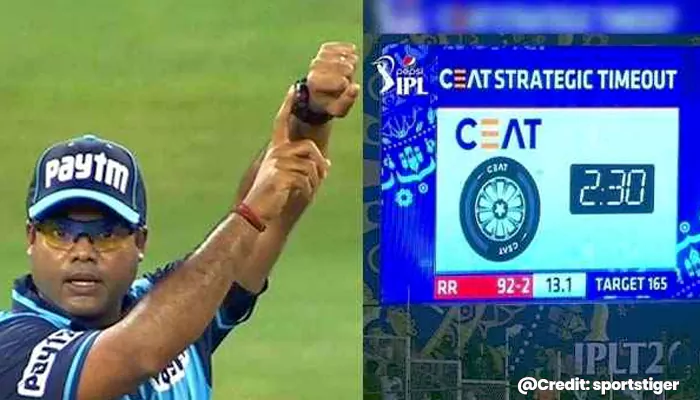
Why was it introduced?
The IPL is more than just fast-paced cricket; it also requires strategy and entertainment. The timeout was established to allow teams to reconsider their strategies while simultaneously enabling broadcasters to insert high-value advertising, resulting in a commercial masterstroke.
During the interval, coaches can relay precise instructions, assess opponents' vulnerabilities, and prepare for the final push in the innings. Often, a well-timed strategic timeout has changed the outcome of a game.

Why players object to it
Certain players have openly questioned the break despite its benefits. The primary argument against it is that it might derail momentum. A batter in full flow may have to sit and wait, risking a loss of rhythm.
A bowler who has just taken a wicket may notice a decline in his team's enthusiasm levels due to the enforced break. For underperforming teams, however, it offers a much-needed reboot. A captain may settle things down, regain concentration, and change gears.
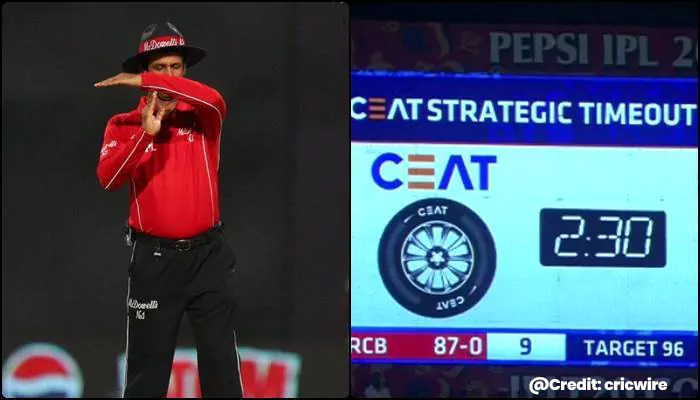
Here to stay?
As IPL 2025 progresses, strategic timeouts remain a vital aspect of the game. Although they may irritate some, they do not deny introducing a heightened level of strategy, drama, and unpredictability to the T20 format. Whether they can make or break a match, one thing is sure: those three minutes could change everything.

